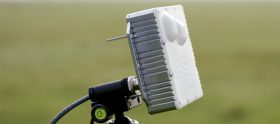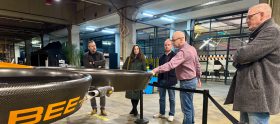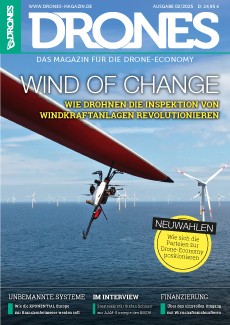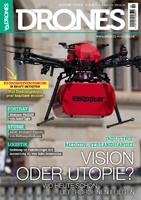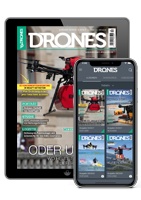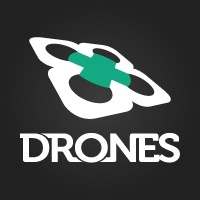Cambridge Sensoriis unveils radar tethering and other advanced capabilities for ARC™ System
Radar technology specialist, Cambridge Sensoriis Ltd, confirms it has extended the capabilities of its proprietary Active Radar Cooperating (ARC™) system. Using direct radar range measurements between multiple ground and airborne radar devices, the company’s low SWaP radar system delivers unmatched precision and reliability for UAV operations in the most challenging environments, including adverse weather, poor visibility, low light conditions and GNSS-denied scenarios. The full suite of advanced features will be showcased at Xponential Europe, held in Düsseldorf from 18–20 February. Cambridge Sensoriis can be found on stand 1E21 in Hall 1.
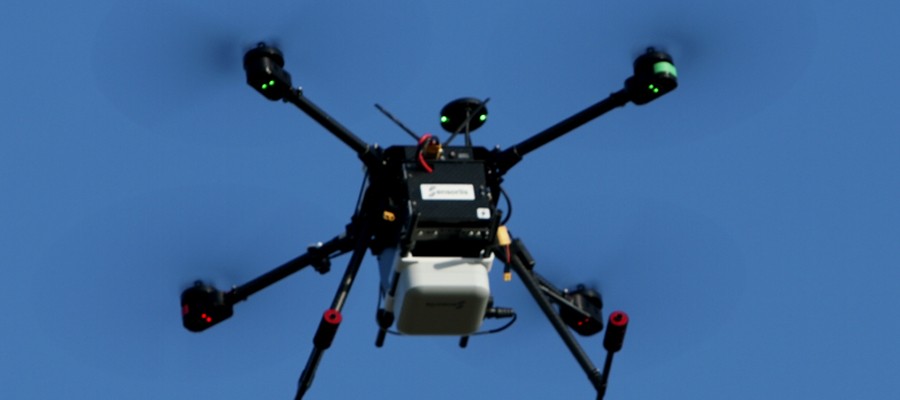
The latest iteration of ARC™ supports radar-based “tethering,” a cutting-edge feature that allows UAVs to autonomously track and follow moving vehicles without needing satellite navigation. By utilising localisation data from ARC™’s standalone radars, UAVs can maintain a fixed position and altitude directly above a moving vehicle or platform. This innovation is ideally suited for Intelligence, Surveillance, and Reconnaissance (ISR) missions, as well as search-and-rescue operations.
Other advanced capabilities include safe, autonomous landings on moving or unstable platforms. ARC’s built-in technology dynamically compensates for roll, pitch, and yaw movements in real time, providing the stability and resilience needed for mission critical operations such as landing on a ship in rough seas. ARC™ also supports zonal position hold capabilities and complex UAV manoeuvres such as 360-degree turns without relying on any other sensors.
“ARC™ is the result of close collaboration with our clients and partners,” explains Steve Clark, CEO of Cambridge Sensoriis. “We’ve always believed that advanced capabilities such as tethering and autonomous landing could enhance drone operations, and we’re excited to pioneer further innovations for commercial and military airborne systems.”
The ARC™ system comprises three or more radar devices: a primary unit mounted on the UAV and a network of secondary units installed on a landing pad or moving target. The system captures and processes highly accurate information, including range (accurate to within one centimetre), elevation, azimuth, altitude, and identification. The system currently operates over a range of 120 metres, with plans to extend this in the future.
ARC™ also features an incredibly small form factor (120 x 120 x 45 mm for ground devices and 78 x 60 x 20 mm for onboard UAV components). It is lightweight, with ground devices weighing approximately 300 grams and onboard components just 30 grams. With a low power consumption of under 5 watts (12V DC supply), ARC™ integrates seamlessly onto any UAV type via API or MAVLink Protocols, supporting both ArduPilot and PX4 platforms.
Sensoriis is the only company offering an ultralight radar system designed specifically for the UAV industry. The company is actively engaging with regulatory bodies to ensure its technology complies with current spectrum usage standards and is pursuing DO-365/366 certification.
About Cambridge Sensoriis
Founded in 2020, Cambridge Sensoriis Ltd. is a disruptive technology company leading the development of next generation micro-radar and sensing systems for military and commercial drone deployment. Use cases include but are not limited to; commercial drone automation, UAS corridors, Beyond Visual Line of Sight (BVLOS) freight, critical infrastructure inspection, counter-UAS, blue light services and Electric flight vertiports, including airspace management and surveillance. Based on >50 years’ deep domain experience in radar antenna, SWaP transceiver and signal processing design, Sensoriis’ proprietary radar software stack has been built from the ground up to enable seamless integration onto any drone type. Sensoriis’ ultralight radars have also been rigorously tested by industry bodies and the company has established partnerships with world class testing facilities in the UK and Europe. The company is based in Cambridge, UK.
Im Drones PR-Portal erscheinen Nachrichten und Meldungen von Unternehmen aus der Drone-Economy. Für die Inhalte der Pressemitteilungen sind die jeweiligen Unternehmen verantwortlich.


